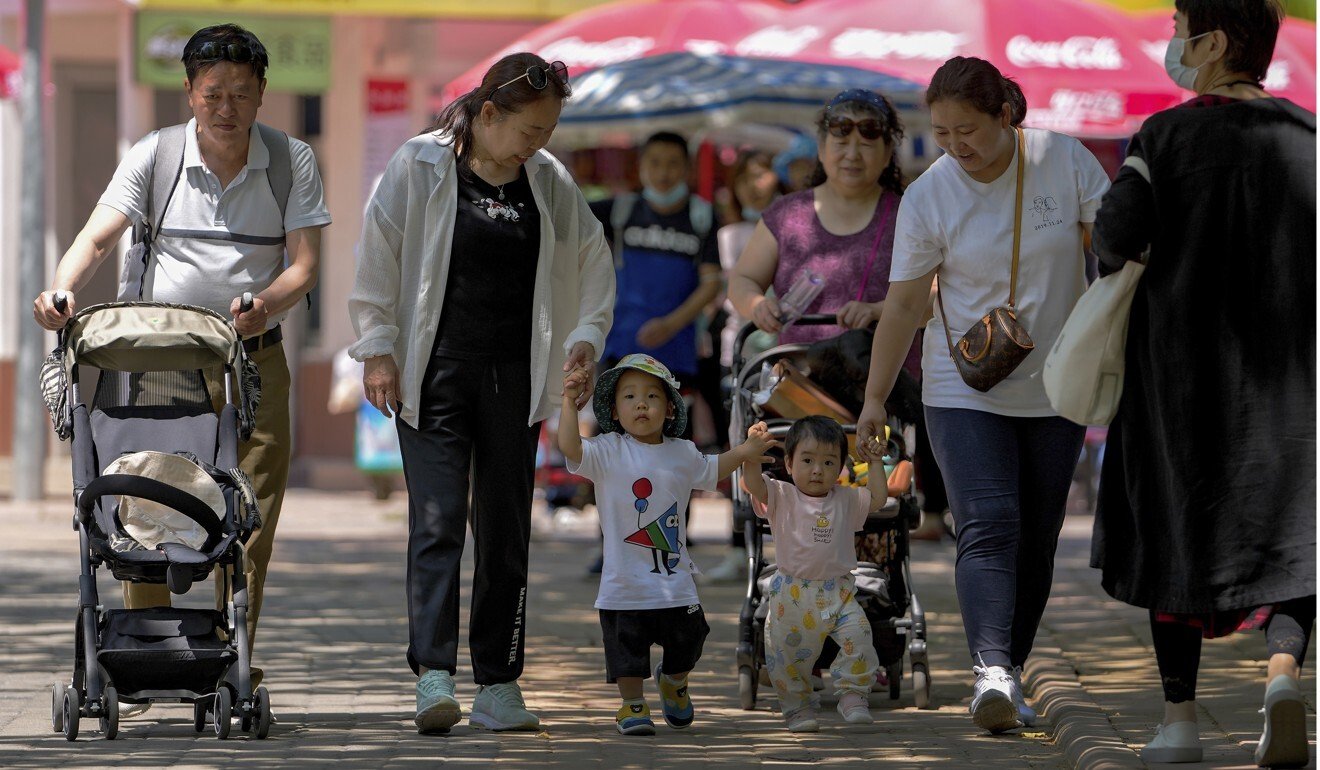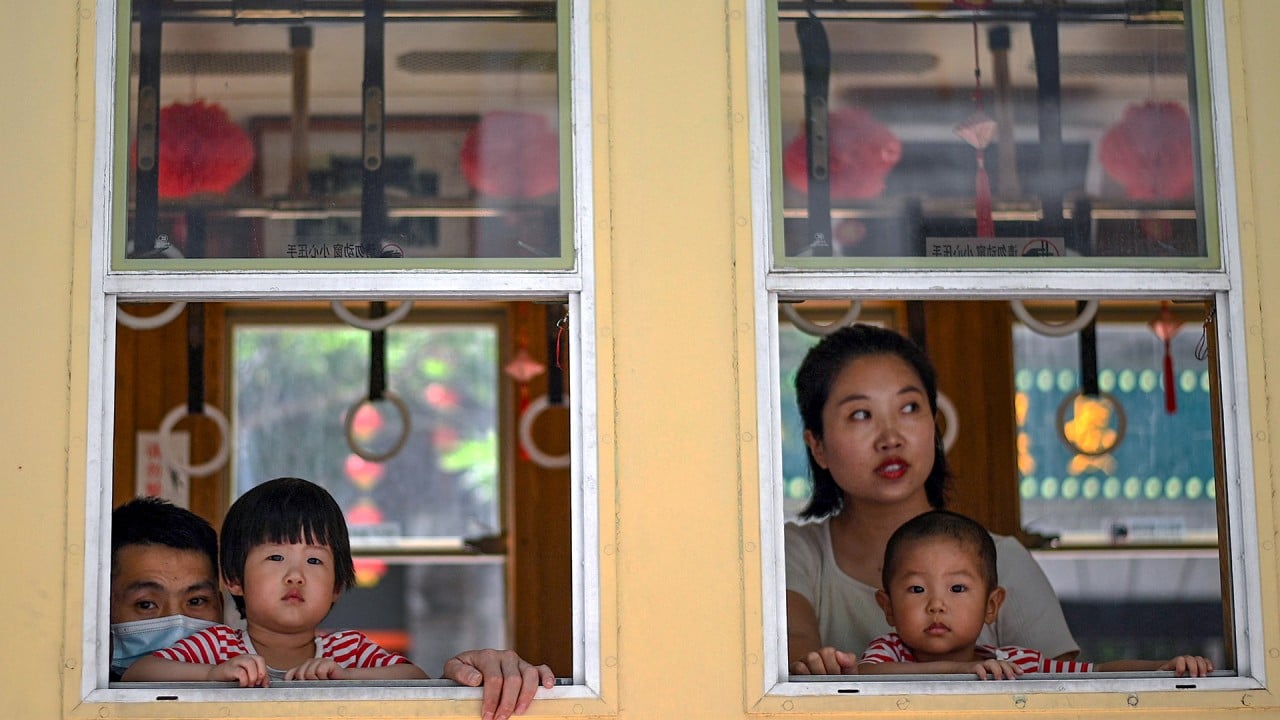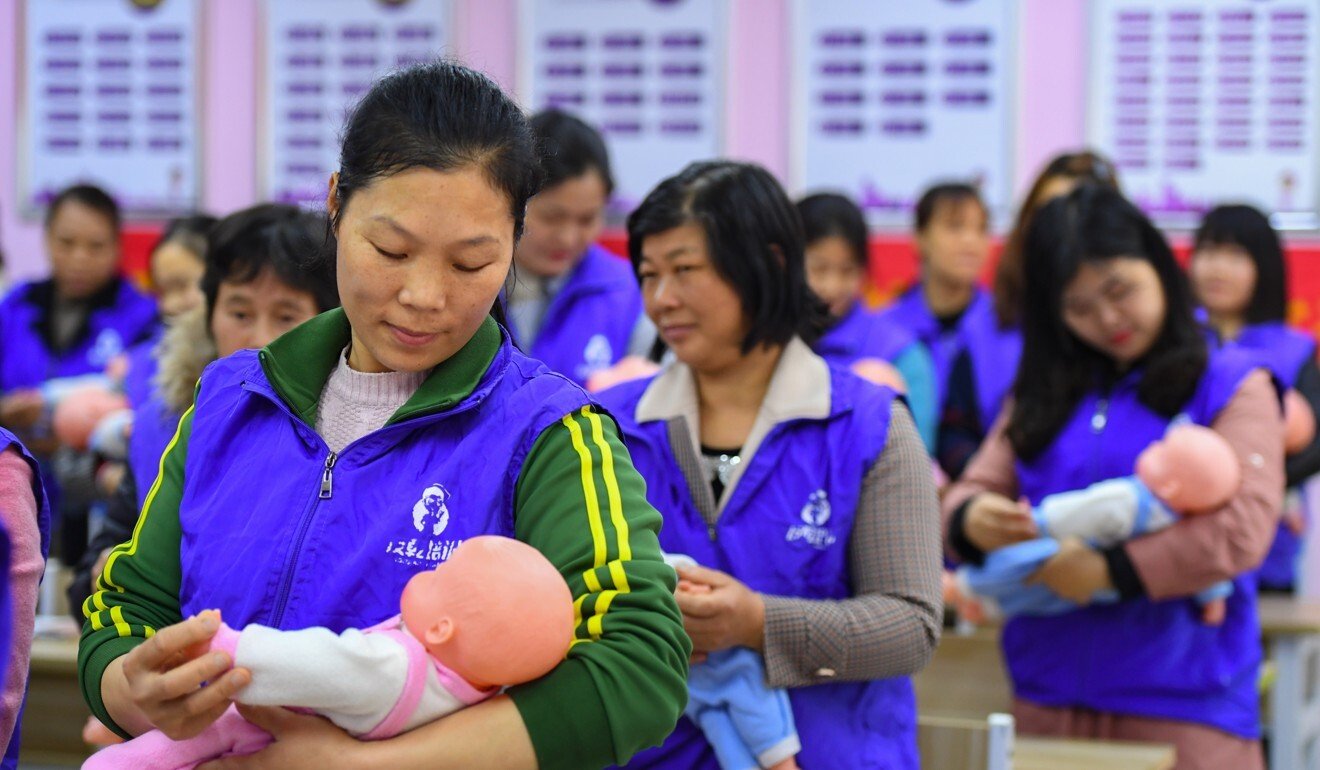
‘We had no choice’: China’s one-child policy and the millions of ‘missing girls’
- An estimated 20 million baby girls went ‘missing’ from the population between 1980 and 2010 due to a preference for boys, demographer says
- Family planning rules have now been relaxed, but the country is facing a massive gender imbalance
Like many women in China at the time, Song Chunxia got an abortion in the 1990s when an ultrasound revealed she was having a girl.
The strict one-child policy imposed in 1979 meant that for some couples like Song and her husband there was a decision to be made – and their preference was to have a boy.
“If [birth] controls were relaxed earlier, I might not have had to give up my girl,” she said. “I wouldn’t have felt so much pressure.”

02:04
China expands two-child policy to three
Song’s story is common. An estimated 20 million baby girls went “missing” from the population between 1980 and 2010 – either through abortion or infanticide, according to Jiang Quanbao from Xian Jiaotong University.
“The primary reason is the deeply entrenched preference for sons in Confucian society,” said Jiang, a professor with the university’s Institute for Population and Development Studies. “A son or more sons is needed to carry on the family line, and for old-age support.”
The census, conducted in 2020, showed that the sex ratio of the total population was 105.1 males to 100 females – about the same as a decade ago.
The sex ratio of the birth population was 111.3 males to 100 females, down 6.8 points from 2010. This is the most commonly used demographic indicator of gender composition and generally ranges between 103 and 107 – if it goes above 107 for extended periods it could suggest artificial fetal sex selection, according to the UN Population Fund.
China’s sex ratio at birth is one of the highest in the world. In 2017 it was 111.9 males to 100 females – higher than India’s at 111.6, according to the UN body’s annual State of World Population report last year. But the agency also noted that China was taking measures to address gender-biased sex selection and to manage the country’s sex ratio at birth.
Demographer Jiang said that was being done through bans on using ultrasounds to identify gender and medically unnecessary sex-selective abortions of female fetuses, as well as through a national “Care for Girls” campaign to tackle the gender imbalance.
He said these measures were “working well” – the sex ratio at birth was reducing and the preference for having sons was changing, “especially with the female gains in educational attainment, employment, social participation and social status”.
“A direct consequence of a high sex ratio at birth are the ‘missing girls’ – millions of female fetuses that were deprived of the right to be born,” Jiang said. “Then the subsequent shortage of brides – and that has been well documented.”

Song in Guangzhou did eventually have a daughter, her third child after two sons – and paid hefty fines for having two of those children. She said she did not regret having the abortion when she first got pregnant, back in her native Henan province.
“Our generation had no choice,” she said. “What could we do back then?”
Han Juxian, a retired obstetrician from Henan, said she performed hundreds of abortions in the 1990s.
“I can’t remember the exact number but people didn’t want the first baby if it was a girl, or if they already had a girl and wanted to have a boy [for which they would pay a fine]. At the time, abortion was simple – just an injection,” she said. “Now it’s the other way around – people are starting to want girls and they think there’s too much pressure raising boys.”

03:49
How much does it cost to raise a child in China?
The gender imbalance has become a big issue. Song and her husband moved to Guangzhou nearly two decades ago as migrant workers. She said she was looking forward to having grandchildren, but neither of her two sons had found a partner yet. All of her children now live in Henan.
“I don’t want to stay in Guangzhou working any more,” she said. “I want to go back to my hometown and be with my family, maybe look after some grandchildren, but I don’t know when my boys will find wives.”
‘Too much pressure’: mixed reaction to China’s new 3-child policy
However, some academics say there has been too much emphasis on the plight of Chinese men struggling to find someone to marry, and not enough concern for the rights of women.
“If our concern about the high sex ratio at birth continues to focus on the importance of male rights and interests such as their right to marriage, while neglecting the protection of female rights and interests – including the right to live, the rights of reproduction and health – this just does more harm to women,” said Ci Qinying, a professor of sociology at Wuhan University.
“[It perpetuates] the idea that they are subordinate, that it’s their role to satisfy others … isn’t this still about men being the dominant [members of society] and women being subordinate?”

Feng Yuan, a feminist activist and co-founder of Beijing-based NGO Equality, said the gender imbalance could worsen by 2030, when boys who were born around 2000 – when the sex ratio at birth was most serious – reach an age where they start looking to marry.
China’s sex ratio at birth went from 108.5 males to 100 females in 1982 to a peak of 121.1 males to 100 females in 2004, according to official data.

